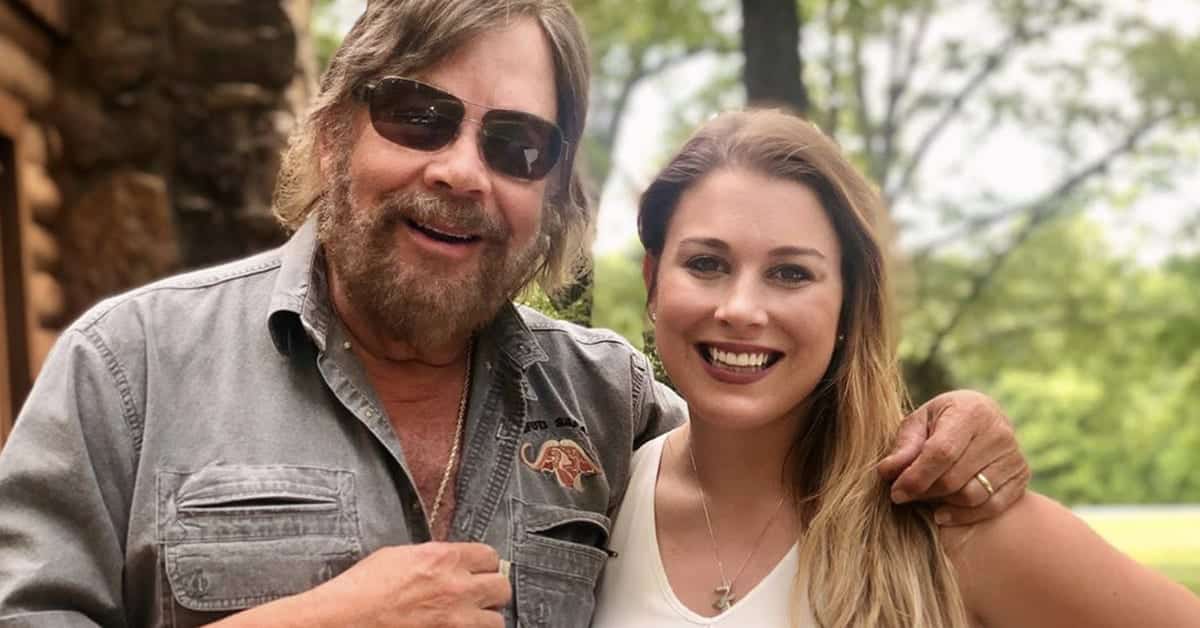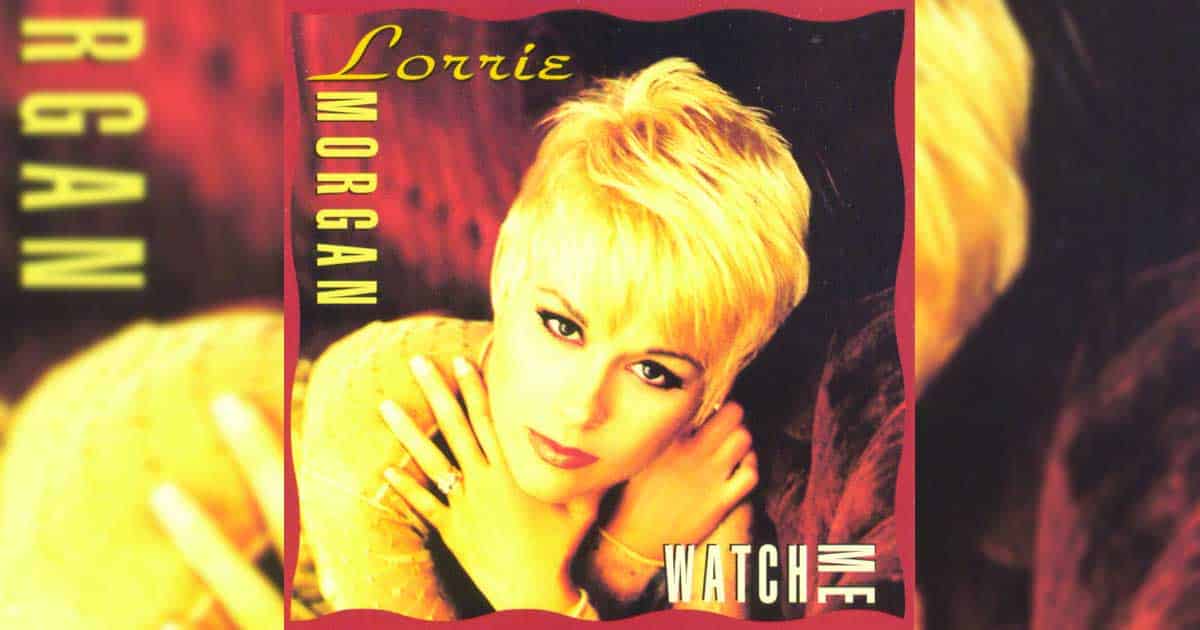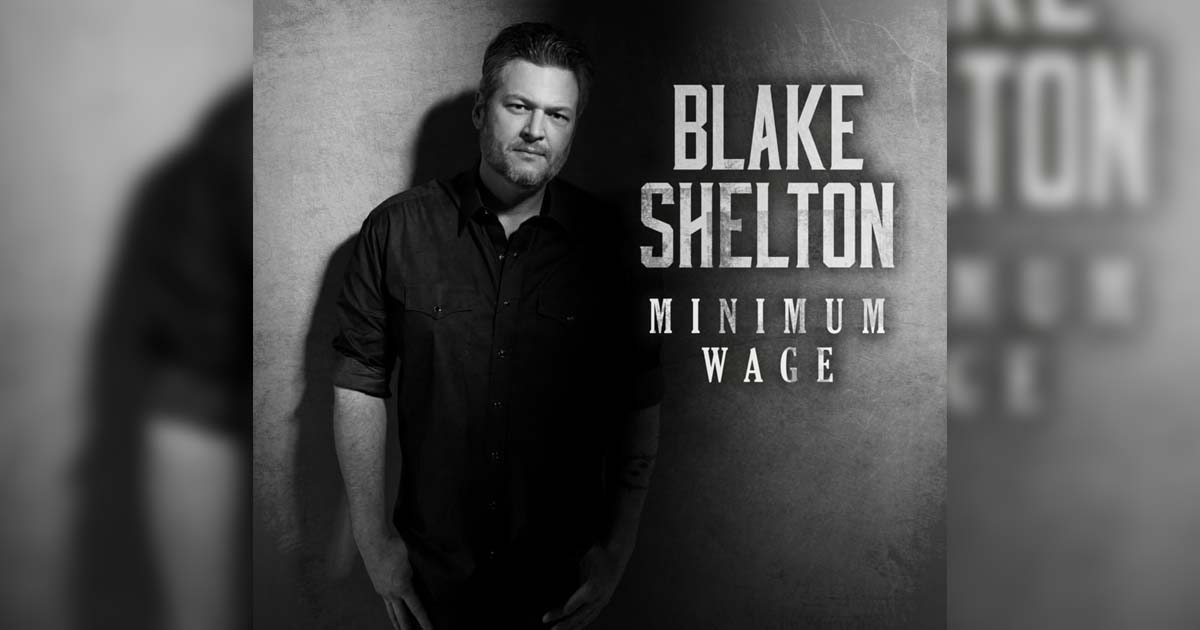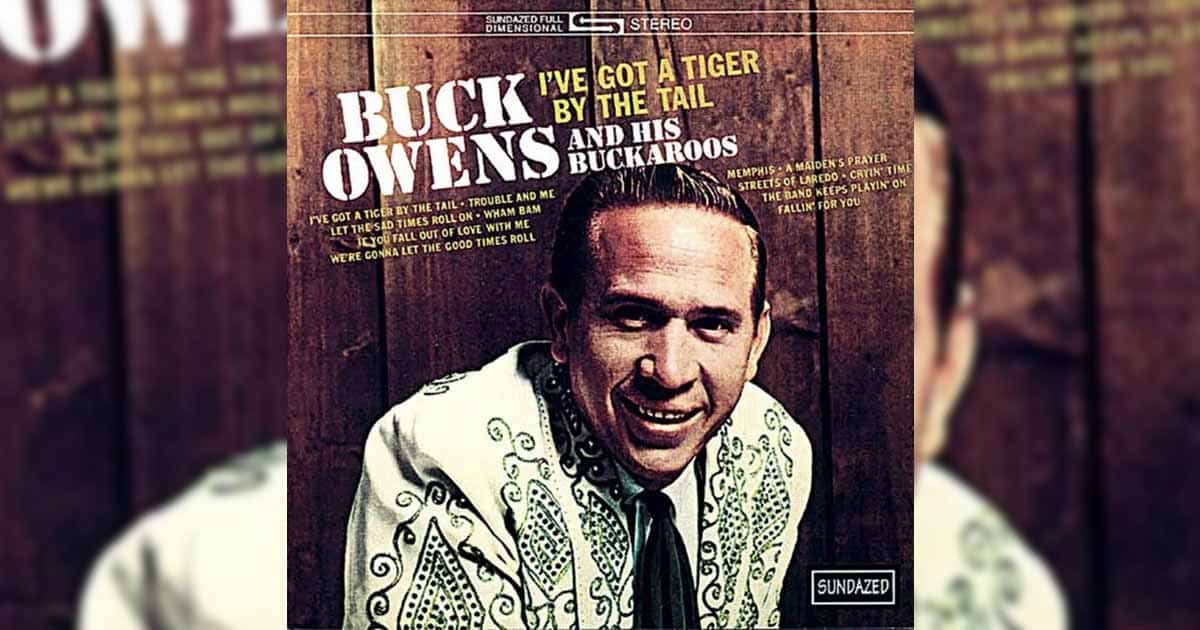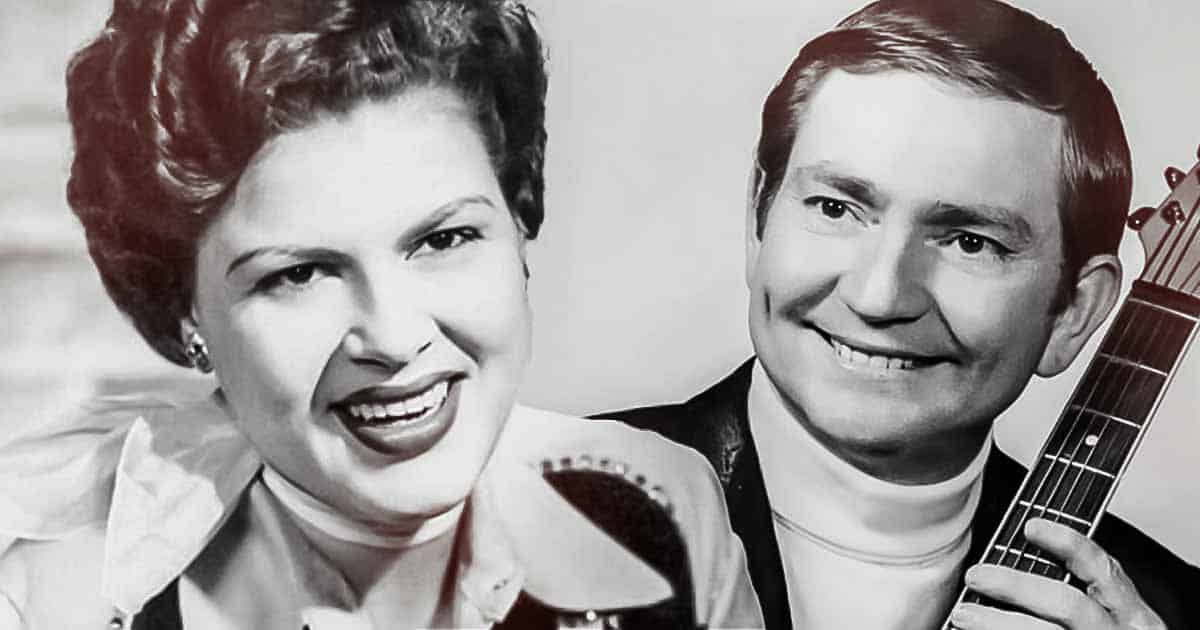With her red hair, soulful and unaffected singing style, and skillful guitar skills, Bonnie Raitt made an impact enough to garner attention from industry executives and lead her straight to stardom. But after all the achievements and a decade of non-stop touring, success slowly turned into struggles. Liquor became her lifestyle, and soon she was drowning in it.
But she forced herself to swim to the surface and get her life back on track. And when she did, she rose higher than she did before.
1971: Bonnie Raitt
Bonnie Raitt made the move from Los Angeles to the east in Cambridge, Massachusetts in the late ‘60s. At the time, she was a Harvard/Radcliffe student majoring in Social Relations and African Studies and heavily immersing herself in the city’s cultural and political activities.
But aside from being into academics and activism, Raitt was also deep into music, especially folk and blues. And in between Harvard classes, she would explore more of these music in local coffeehouse gigs. She also became the lead singer in a campus music group known as ‘Revolutionary Music Collective’ founded by songwriter Bob Telson. In the midst of all the things that were happening came an opportunity that changed everything for her. She left college and committed herself to music.
Her exceptional talent did not go unheard, and soon enough, Warner Bros. tracked her down and signed her up for a record deal. In 1971, she released her self-titled debut album. Over the next years, her music received critical acclaim, but it was only in 1977 that Raitt earned her first hit single with her gritty arrangement of Del Shannon’s “Runaway” in her album Sweet Forgiveness. And ever since then, her name has become a staple in the industry.
The Path to the Bottom
Raitt’s story of success turned into a series of struggles. She started drinking to the point of abuse and partying all night, but the lifestyle soon caught up with her in the mid-80s. She felt heavy, and she wasn’t as productive as she wanted. Most of the time, she didn’t know what she felt like. And slowly, all that she had built in years started to crumble down.
She lost her contract, and it looked like her career was going to be left in ashes.
The Re-emergence
But in every story of downfall, there’s always a point of change that leads upwards. Before, Raitt thought that she had to keep up with the lifestyle in order to be authentic, but by the time she was 37, she knew that the late-night partying life was not working for her. And she realized that if she kept it for so long, all she was gonna end up to be was sloppy or dead.
But one of the biggest credits to her breaking the substance abuse and journeying towards sobriety was seeing Stevie Ray Braughn become an even better musician when sober.
She became clean in 1987, and in one of her interviews after that, she said that she really felt like angels were carrying her around. She had more focus and discipline in her craft, and she also had more respect for herself.
According to the singer, she was one of the lucky ones after seeing Whitney Houston and Amy Winehouse pass away. Raitt also mentioned that while everyone else smiled at Winehouse’s “Rehab,” to her it was heartbreaking because it looked like at that point she was on a slippery slope.
In 1990, Bonnie Raitt finally made her comeback after signing a new contract with Capitol Record. And from the brink, she made a powerful re-emergence in the country music scene with her big crossover hit “Nick of Time,” which earned her four Grammys. Recalling that time, Raitt confessed that it felt so unreal, and to this day, that remains to be the ‘most fortuitous and transformational event’ of her life.
Thirty-four years sober now, Bonnie Raitt is happily enjoying her time making music. She’s also very open, speaking about her past struggles, and has been actively talking to youth groups as well as prisoners about what she had been through. She truly is an inspiration.


